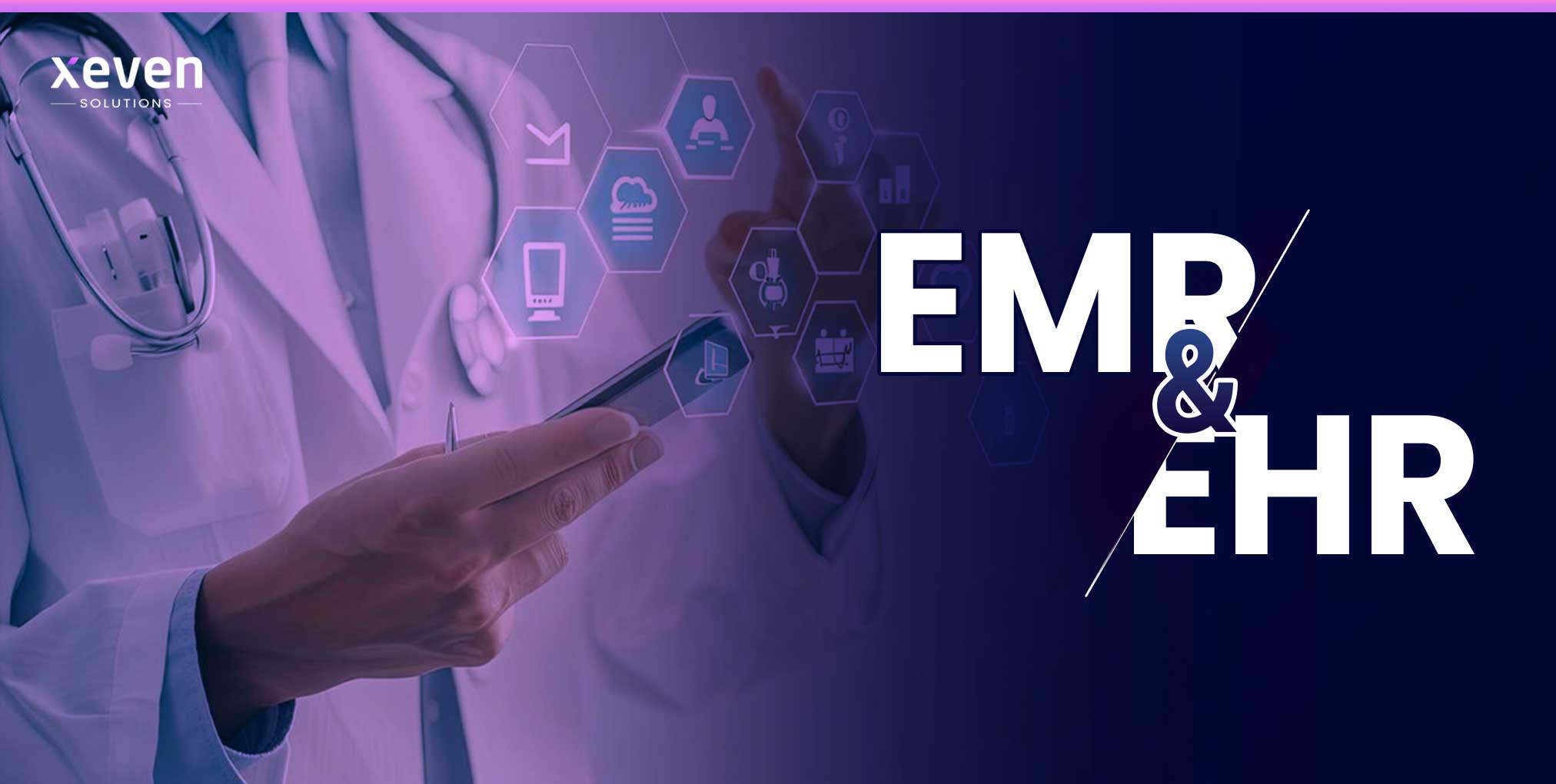

November 1, 2022
8 Ways How Lms Is Assisting Organizations
A learning management system is basically system software that engages in delivering the best outcomes to users via offering data and learning techniques for users. An Learning Management System makes e-learning easy for both the organization and the employees, and it can boost enrolment and engagement. There are hundreds of high-quality programs on the market, so employers can think about their company’s goals and objectives, as well as how serious they are about staff learning and development. Once a company gains from LMS, it gets beneficial returns over time. Research predicts the LMS market to be worth $38.10 billion by the end of 2027, which is quite remarkable.
With increased usage and application of LMS across companies worldwide, some amazing benefits of LMS are:
Cost-Cutting
Employee training may be cost-effective and involve various company expenditures. As there are no longer any printed materials, trips, on-site facilitators, or facilitators, online training lowers training expenses. Also, training expenditures will be greatly lowered if training is made available as part of employees’ everyday job activities through a system they already know how to use and can access education whenever their schedule allows.
Improved Training Experience
Businesses require data on attendance, completion, and results to assess the impact of staff training and to improve it. Using an LMS makes collecting this information much easier. Data has gathered automatically, and reports may be created depending on a variety of criteria. These data may be analyzed rapidly to offer an overview of each piece of material, course, and employee development and outcomes, allowing the company to enhance its training and increase its success rate.
Tailored To The Need
Since the LMS makes it simple to advance in learning materials, all workers within a firm can receive the latest details and information. Moreover, an LMS allows users to customize learning routes and experience different job skills within a company. It is also a far simpler more simplified procedure for the administrative personnel when it is fully automated to the needs of the employer to track the progress of each employee.

Increase Sales And Revenue
Firms may make their product or system learning available to customers as part of the sales process and the customer induction program by connecting the LMS with the customer engagement (CRM) system. Firms may send product fact sheets and case analyses to employees at a specific point of the purchasing process, or offer a set of instructions to customers who have already purchased the product.
One may also utilize connectivity to fulfill learning requirements detected in the CRM through the linked LMS. As a result, the workers’ sales and customer service performance may improve. Users may automatically enroll salespeople in product features and benefit from presentation upgrades. Recurring customer service queries or complaints, on the other hand, might be a trigger.
Take Business Insights-Informed Actions
Business operations can provide crucial information about where difficulties or problems need to be addressed. CRM systems have the feature that they can detect flaws in the way client connections are managed. When a user combines an LMS with a CRM system, they can take instant remedial action and create and deploy a learning plan for their staff. There are additional options for insight and corrective action with several business system interfaces.
Increases The Return On Investment
Investing in employee or customer learning is a costly endeavor. Fortunately, using an LMS and expanding its capabilities through connections with current systems lowers the cost of the investment while also improving learning and performance.
Internal services that are freely available and used outside the LMS do not need to be developed or set up with integrations. As a result, the overall cost of learning is reduced, deployment time is reduced. And more effort may be concentrated on learning content.
Time And Money Saver
The days of only large organizations being able to afford the cost. And complexity of operating learning management systems are long gone. Small firms may now host their own virtualized systems. Companies that use LMS systems may save money on things like learning materials printing. Travel and fuel expenditures, and instructor fees, to name a few. Establishing an LMS can also save time when it comes to delivering training and performing other administrative responsibilities.
Data Is Stored In A Centralized Location
A learning management system (LMS) serves as a central repository for learning content and training resources. Aside from the convenience of access, LMS like Adobe Captivate Prime LMS also helps in arranging training materials easily. As a result, employees may easily access educational materials at their leisure, regardless of their location. This is especially critical when the workforce expands.







